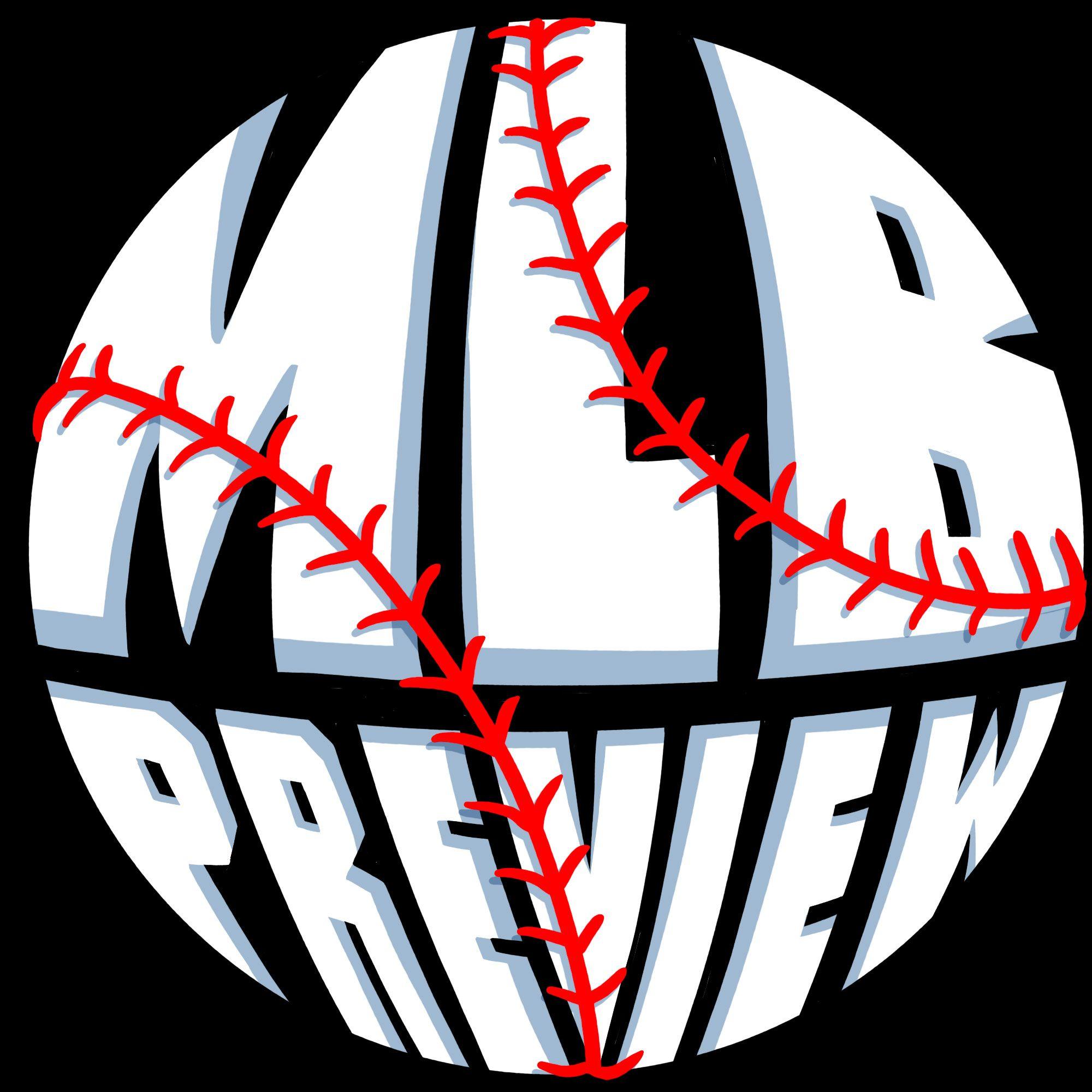
It was January 11, 1973, and the owners were at a stalemate.
The National League was dominated by hardliners opposed at any cost to the introduction of the designated hitter. “He genuinely thought that the designated hitter was a gimmick,” former Dodgers owner Peter O’Malley once remembered of Chub Feeney, then the National League president. “There was no place for a gimmick in baseball.”
But the American League was struggling. Attendance had dropped even as it grew in the NL; in 1972, when the AL-wide batting average was just .239, eight of the league’s 12 teams lost money.
The DH, which would allow teams to introduce a batter to hit in place of the pitcher without pulling the pitcher out of the game, was meant explicitly to drum up offense, and thereby interest, and thereby attendance.
In the end, it was commissioner Bowie Kuhn who broke the deadlock: The AL would get the DH—briefly dubbed the “designated pinch hitter” before being slimmed down—while the NL would stay as it was, with pitchers batting for themselves.
“The rule has great possibilities,” Joe Cronin, then the president of the AL, said at the time. “It will give the game a new dimension. We’re very happy to be able to use it.”
As spring training wrapped up that year, writer Jim Hawkins wrote in the Detroit Free Press that the designated hitter was “the most exciting thing that has happened to the American League since Babe Ruth.” He went on: “Base hits, that’s what the fans want to see. And the new rule is designed to accommodate them.”
The NL came close to joining the AL during a 1977 vote, according to former Phillies executive Bill Giles. The league needed seven of the NL’s 12 teams to vote in favor of adoption; six did, with four against and two abstentions. Those abstentions were the result of Phillies owner Ruly Carpenter, who had instructed Giles to vote in favor of adoption for the 1978 season, leaving on an ill-timed fishing trip. The group instead chose to vote to introduce the DH to the NL in 1979. Unable to confer with Carpenter, Giles abstained, as did Pirates GM Harding Peterson, whom Giles said had been told to vote the same way he did.
In any case, NL owners might have disagreed with their AL counterparts on several counts. “If the rule had been in effect 55 years ago,” Sports Illustrated’s William Leggett imagined purists saying, “Babe Ruth would have been just another good left-handed pitcher.”
This season, the National League will finally take the plunge, introducing a designated hitter slot in all games for the first time in its history. The reasons for this, Major League Baseball has insisted, are strictly practical—in an abbreviated season, it’s an easy way to lighten the workload for pitchers. Given that the 60-game schedule also entails a large amount of interleague play, a universal DH offers a bit of simplicity in a season where so little has been available.
It is, in theory, a temporary change. But given that the MLB players’ association pitched the introduction of the universal DH just last year, and that owners at the very least seemed open to negotiating, it’s entirely possible that the DH is here to stay in the NL; an early 2020 proposal by the MLBPA that was ultimately not adopted also included it in 2021. In the AL, too, the adoption was initially meant to be temporary, beginning with a three-year trial period. But after just one season, AL owners were so delighted by the buzz that the DH created that they made the change permanent.
So what do those of us who root for NL teams—which is to say, those of us who believe deep in our hearts that the DH is a form of cowardice at best and an outright abomination at worst—do now?
Hatred of the DH, of course, has a storied history of its own. There’s Bull Durham’s infinitely quoted monologue about the red-blooded passions of Kevin Costner’s Crash Davis, ranging from the small of a woman’s back to the introduction of “a Constitutional amendment outlawing AstroTurf and the designated hitter.” In 1997, Bobby Cox called the DH “a disgrace to the game” and “the worst thing that’s ever happened to baseball”; Bill Lee, who groused that he “wasn’t even allowed to hit anymore,” dubbed it “the bastard son of Bowie Kuhn and Charlie Finley”—Finley being the flashy and cantankerous owner of the Oakland A’s, who was widely credited with pushing the idea, which had been floated in various forms for nearly a century, through the AL.
(Some of Finley’s other ideas to improve attendance and the bottom line: using neon orange baseballs—his fellow owners demurred—and gimmicks including a live mule mascot, which he named after himself and trotted through hotel lobbies and opposing clubhouses. He hired an 11-year-old named Stanley Burrell to be his assistant and later his eyes and ears when he was away from Oakland; Finley gave him the nickname “Hammer” after “Hammerin’” Hank Aaron, which the boy carried on with him as he began a career in music as an adult—under the stage name MC Hammer.)
The complaints over the years have varied. That having pitchers bat is a sacred quirk of a sacredly quirky game. That the DH mars the game’s vaunted statistics. That it diminishes the defensive game or the role of the manager, who now was deprived of the decision of when to yank a pitcher in order to step on the offensive gas. Don Drysdale once remarked that he thought it incentivized AL pitchers to plunk opposing batters, knowing that they personally wouldn’t have to pay for it during upcoming at-bats. “If they had to come to the plate,” Drysdale—himself an admitted beanball aficionado during his years pitching for the Dodgers—said of AL pitchers, “they wouldn’t be as wild inside as they are.”
Mostly, though, it’s this one: It’s just not the way baseball is played. But for now, and maybe forever, it is. At minimum, it is another oddity of an already odd year, one that will add further asterisks to the season: How much WAR, for example, will batters serving as designated hitters on NL teams accrue that would otherwise have gone to pitchers?
The DH position has long offered an everyday role for players who might not otherwise have one: principally those that we in the biz like to call “aging” (which is to say about my age and thus nearly in the grave—over 30), your less-than-defensively-inclined, your huddled thicc masses. We will see more of them (Howie Kendrick, lookin’ at you).
Also? Don’t let anyone from the AL hear, but, well, it might actually be fun.


